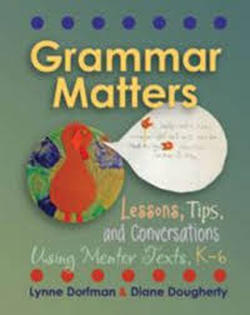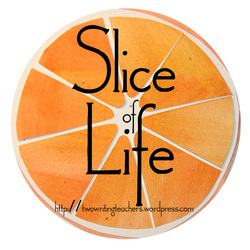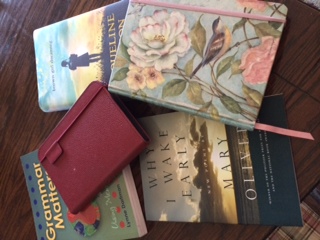
In Grammar Matters: Lessons, Tips, and Conversations Using Mentor Texts, K-6, Lynne Dorfman and Diane Dougherty introduce themselves by sharing their stories about learning grammar, and how the lack of a meaningful connection to actual writing experiences led them to seek a better, more meaningful way to teach grammar and conventions. As they explain, “In order for any of the grammar and conventions rules to stick, they have to make sense to students…Instead of spending time with isolated workbook pages or daily edits correcting some imaginary writer’s errors, we can look at what real authors are doing and what our own students are doing, shifting the focus to correctness whenever we can” (p. 222). In Grammar Matters, teachers can easily relate to Lynne’s and Diane’s stories and then follow them through units of study in narrative, informational, and opinion writing to find ways to embed grammar instruction across the day.
Throughout the book teachers will find ties to the Common Core Language Arts Standards as well as several other helpful features. There are detailed classroom snapshots that will make you feel like you are right in the classroom with Lynne and Diane. These classroom snapshots are accompanied by several Teaching Point sections that provide organization and management tips as well as very helpful Grammar References sections. If you need to better understand a grammar term or rule, there is no need to go to another book and look it up – it is right there. Several appendices provide additional help in understanding grammatical terms, comma rules, homophones, editing skills, and more. Here you will also find specific mentor texts (in addition to those listed in the Treasure Chest) organized by grade level that contain examples of specific targeted skills.
One of the things that struck me as I read through this book is that the grammar and conventions skills that are targeted in the classroom snapshots and Your Turn lessons are the very ones I struggled with in teaching, and those that the teachers I worked with always came to me for help with. In this book teachers will find lessons for skills such as understanding sentence sense, the use of the comma, when to use an apostrophe “s” (difference between a plural and a possessive), when to make a new paragraph, and many, many more.
Grammar Matters is a book that will be well referenced and well used by teachers K-6. By taking us into the classroom with them and letting us listen in on the conversations they have with students, Lynne and Diane have diffused that scary feeling you might get in the pit of your stomach when it comes time to account for the teaching of grammar and conventions. They show us, instead of just tell us, how to guide students to notice what authors do and transfer that to their own writing. By using the suggestions in this book, teachers will come to a deeper understanding of how to embed the teaching of grammar and conversations in lessons that link to authentic writing experiences and that will stick.
*For a list of places where Lynne and Diane will be presenting in 2014-2015, please go to the Grammar Matters page on this website.



 RSS Feed
RSS Feed
